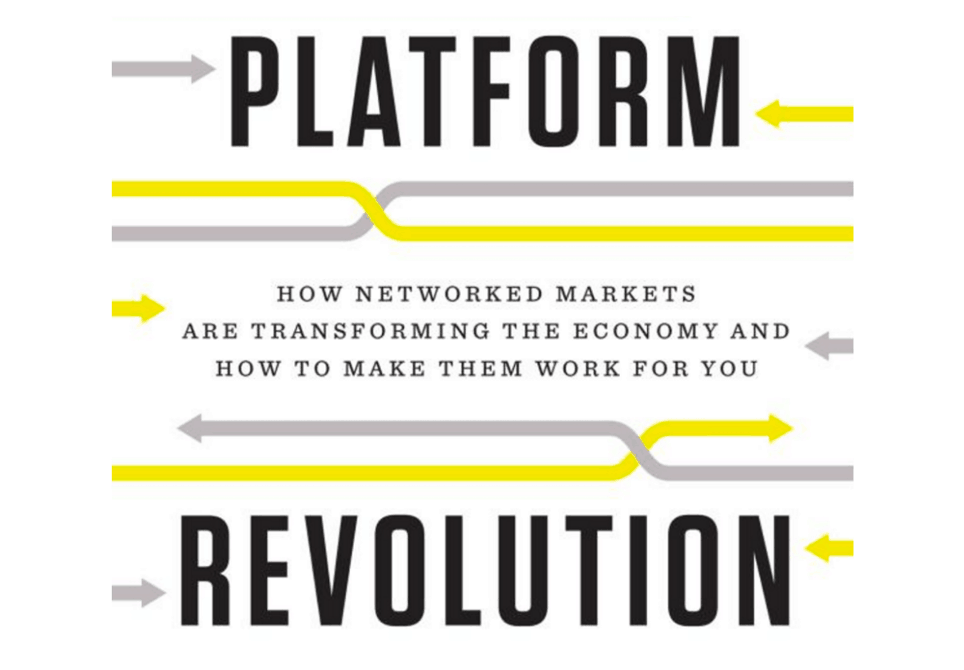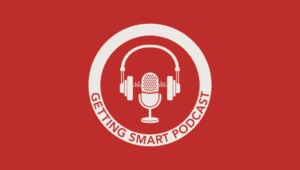8 Learning Platform Observations, 8 Startup Signals

Digital platforms have transformed the way we live, work, travel and learn. Five of the six largest firms (by market capitalization: Apple, Alphabet, Microsoft, Amazon and Facebook) run platform businesses.
What does the platform revolution mean for learning? We spent the week checking out learning platforms from K-12 and HigherEd to corporate and professional learning. Following are eight observations about learning platforms in 2016.
1. Cloud & mobile. Lagging consumer internet trends, formal education learning platforms made the shift to the cloud and are slowing moving to mobile but remain largely course-based.
2. Diffuse. There are no dominant learning platforms. In the corporate space, acquisitions have created fully integrated HR platforms but none optimized on growth. In the secondary and post-secondary space Blackboard has lost share to a number of new competitors featuring incremental improvements.
3. App economy. One reason platforms have been slow to develop and gain share is the dramatic increase of smartphone penetration in the last five years and the rise of the mobile app economy. In K-12, a decent set of Apps for Education and affordable Chromebooks led to rapid rise to US dominance for Google. The good news is that almost everyone is connected and there are thousands of apps; the bad news is we still don’t have robust learning platform ecosystems.
4. Enterprise. Nearly all secondary and post-secondary platforms rely on enterprise adoption and offer no learner portability and little opportunity for the learner to customize their space. Leading social platform Edmodo is easy for teachers to adopt and has added tools to encourage enterprise adoption.
5. LX. Platform updates in formal and professional learning exhibit increased focus on learner experience, personalized learning, and alternative signaling (e.g., portfolios and micro-credentials). However, few platforms offer a portable Facebook-like place to customize and share. Perhaps LinkedIn (which acquired Lynda.com) will become more of central learning and signaling hub.
6. Certification. While you can still watch a wide range of courses from great profs on Coursera, it (like Udacity and edX) would really like you get you into a certification track.
This focus on demonstrated competencies is working its way into HigherEd, you can start from job requirements and work backwards (see Lumina discussion). In K-12, competency-based education is gaining traction but small enough that investment in CBE-ready platforms remains weak.
7. Not so intelligent. With widespread use of analytics and artificial intelligence in consumer platforms, there is surprisingly little use of adaptive technology, data analytics, and smart nudges to improve learning behaviors. These are increasingly added to learning environments through specific tools (e.g., DreamBox in elementary math, Civitas data tools in HigherEd) rather than embedded in platforms.
8. Not so interoperable. While content management systems may enable more mix and match learning, assessment management remains a nightmare of walled gardens. The good news is that modern learners get more feedback from assessments built into digital experiences; the bad news is that it still isn’t automatically combined into a mastery tracker and surfaced with data visualizations.
Signaling the Future
Startups may or may not gain traction and scale, but they often point the way forward. Following are 8 signs of things to come.
1. Mix and match. It’s not quite Netflix for learning but Guild Education advisors help learners piece together courses from multiple providers to build rapid affordable degree pathways.
In K-12, it’s the nonprofit OER platforms that are leading the way on mix and match. Check out the playlist/collection capabilities of Gooru, PowerMyLearning and CK-12 (see feature).
2. Marketplace. Udemy is the best example of a course market but the idea of a marketplace for content and services hasn’t worked in formal education. But startups point to a more dynamic future: TheHubEdu launched a freemium social learning platform that is both B2B and B2C with a marketplace for support and content.
3. Personalized & customizable. A couple custom-built highly customizable personalized learning platforms will soon be widely available. AltSchool (which has raised $130M in venture funding) will make its platform available next year. The Summit Personalized Learning Platform (built by Facebook for Summit) is becoming more widely available for free with training through it’s Basecamp program. Cortex, developed with Brooklyn Labs, is another platform worth watching.
4. Competency. Handful of niche (e.g., Empower) and updated (e.g., Canvas, Buzz) platforms with strong mastery tracking support competency-based environments.
5. Relationships & supports. Many formal and professional learning providers are paying more attention to learner relationships and support systems and working with partners like Fidelis.
6. Social mission. Some new platforms (e.g., Change My World Now) are incorporating social mission, social emotional experiences, and social media. More schools are using #ProjectBased learning to explore solutions to #GlobalGoals.
7. Wellness. In the corporate space, there is increasing recognition that wellness and fitness contribute to engagement, retention, and productivity. Employers and health plans are sponsoring apps like Happify–and they are starting to show up in schools as part of an advisory system.
8. Networks. Platform-centric school networks (e.g., New Tech Network) will likely expand given challenge of developing a learning models (like personalized project-based learning) and integrated IT stack.
General Assembly announced this week that it would expand to 25 global campuses–think of it as a platform-centric global grad school for startups.
Stay tuned for more platform news, we think it’s about to get interesting.
For more on platforms, see
- Platforms Have Transformed the Economy. Is Education Next?
- Getting Smart on Next-Gen Learning Platforms
Stay in-the-know with all things EdTech and innovations in learning by signing up to receive the weekly Smart Update. This post includes mentions of a Getting Smart partner. For a full list of partners, affiliate organizations and all other disclosures please see our Partner page.






0 Comments
Leave a Comment
Your email address will not be published. All fields are required.